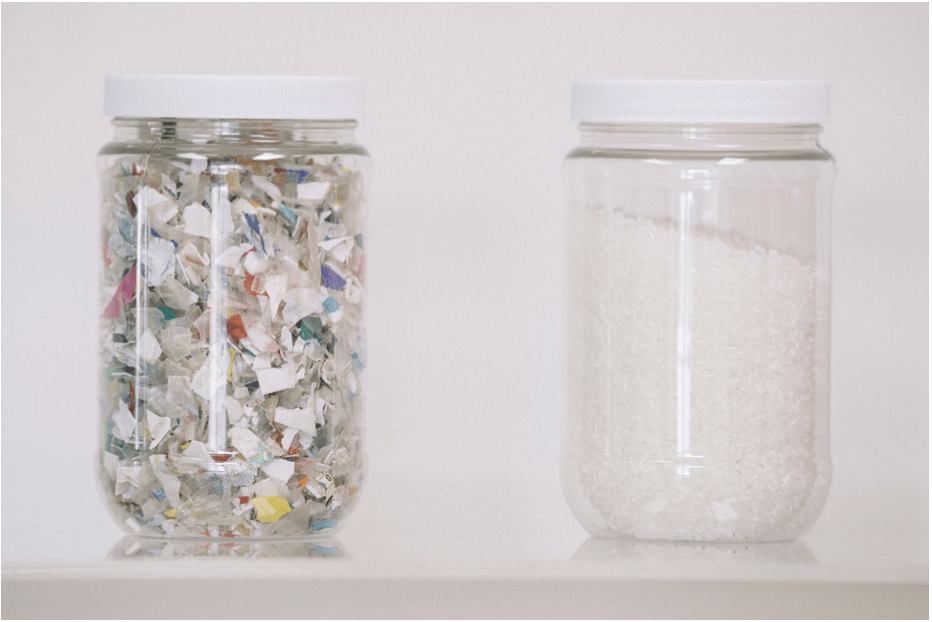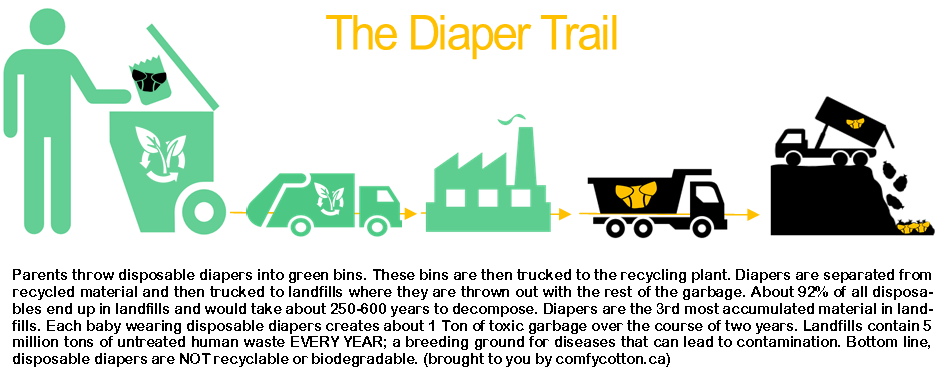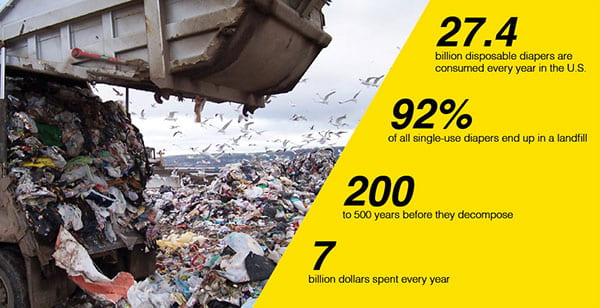Proctor & Gamble is one of the largest consumer goods conglomerates in the world, selling basically every plastic-based product we use on a day to day basis– from Pampers to Pantene, Tide to Tampax — most of which end up among the 25 million tons of plastic dumped in landfills every single year.
A lot of these products are made from a rigid plastic material called polypropylene that has essentially been impossible to recycle (well, at least recycling it was incredibly unprofitable because it would smell and look terrible) — until now. Now, products such as “broken hangers, old carpets, and even a disposable diaper” can and will be recycled into “pristine, clear plastic”. P&G chemist John Layman was the man behind this environmentally- (and financially-) friendly discovery. His process turns this difficult plastic into “clear, odorless, non-toxic pellets that can be used to make a 100% recycled bottle” and uses significantly less energy than it does to make brand new, “virgin” polypropylene.

Previous to this new recycling methodology, only 3% of polypropylene was recycled, but PureCycle Technologies (the P&G division in charge of this process) has already presold all of the recycled polypropylene its factories will produce to companies such as Nestlé and L’Oreal for the next 20 years and more, meaning there is a huge commercial desire for recycled plastic!
It seems very clear to me that the only thing businesses are interested in is fiscal return. Commercial interests are clearly tied to consumer desires, but only if there is a financial gain to be made. Shunning and pressuring companies to be more environmental conscious can only succeed if there is also a clear solution to be found that does not flush money down the drain. It is my opinion that eco-friendly organizations need to take note of this and create more win-win initiatives such as this one described above!


Hi Alice,
It is good to get some good news on recycling.
Good post.
If the images that you use are not yours, you should link them to the post where you found them. In the “real world” you are not allowed to use someone else’s work without a license/permission.
Most website owners will allow images from their sites to be used if that image directs traffic back to their site.
For work on sites that are not public, this is less of an issue. If this post were to go on the GreenWorld.NYC site, you would need to link the image to the source site for certain.
Does this make sense?
Prof. Peter Terezakis